Considering moving to Hawaii or simply curious about what it’s like to live in the islands? Hawaii’s breathtaking landscapes and unique volcanic activity make it a fascinating, albeit complex, place to call home. Understanding lava zones and the potential risks associated with volcanic activity is crucial for anyone planning to relocate to the Big Island.
Aloha and Welcome to Hawaii – The Island of Adventure
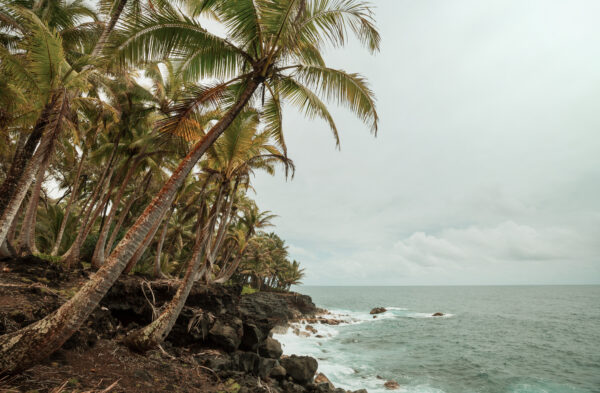
Life on the Big Island of Hawaii is filled with natural beauty and a bit of adventure. It’s not just about pristine beaches and lush forests; the volcanic landscape plays a significant role in shaping the lifestyle here. Residents often describe a unique connection with the land, where the earth’s power can be felt beneath your feet. For some, the idea of living near an active volcano might sound daunting, but for many, it adds to the island’s charm and allure.
Hawaii’s Active Volcanoes – A Living, Breathing Land
Hawaii is home to several active, dormant, and extinct volcanoes, with the Big Island boasting some of the most well-known. Mauna Loa, Kilauea, and Hualalai are the three major volcanoes on the island, each with its own history of eruptions and activity. Additionally, Haleakala on Maui is considered active, though it hasn’t erupted in centuries. Hawaii’s dynamic geology means that the land is continuously evolving, sometimes dramatically.
What Are Lava Zones?
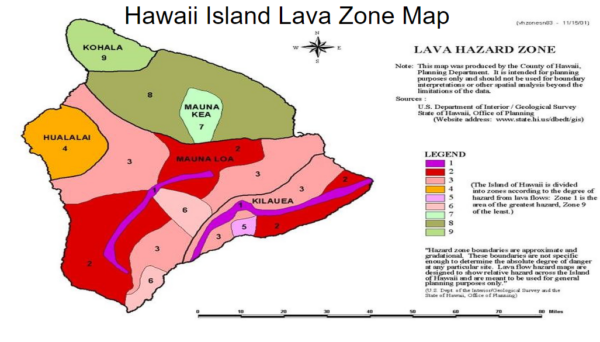
Lava zones are geographic divisions used to assess the volcanic risk on the Big Island of Hawaii. Created by the US Geological Survey, these zones are numbered from 1 to 9, with Zone 1 representing the highest risk and Zone 9 being the lowest. The classification is based on the location of past lava flows, the frequency of eruptions, and the types of volcanic activity that have occurred.
The Role of Lava Zones in Real Estate Decisions
Lava zones play a significant role in real estate on the Big Island. Properties located in higher-risk areas, such as Zones 1 and 2, are generally more affordable due to the increased likelihood of volcanic activity. However, this affordability comes with trade-offs, including higher insurance premiums and potential challenges in securing coverage. For homebuyers, understanding the risks and consulting with local experts is essential before making a decision.
Insurance and Lava Zones – What You Need to Know
Homeowners’ insurance policies in Hawaii vary based on the lava zone classification. While standard policies are available for most areas, homes in Zones 1 and 2 may face higher premiums due to the increased risk of damage from lava flows. It’s also worth noting that not all insurance companies provide coverage for properties in these high-risk zones, so it’s important to seek out insurers with experience in Hawaii’s unique landscape.
Lava Zones 1 and 2 – High-Risk Areas
Living in Lava Zones 1 and 2 means living in areas with the highest probability of experiencing lava flows. The 2018 Kilauea eruption is a recent example of how quickly things can change in these regions, as hundreds of homes were lost. Despite the risks, many people are drawn to these areas due to the affordable property prices and the rugged beauty of the land. However, residents need to be prepared for potential evacuations and property damage.
Safety in Lava Zones 3 and Beyond
Lava Zones 3 through 9 are considered safer, with lower risks of significant volcanic activity. Historical lava flows have occurred in some of these areas, but the frequency and likelihood of future events are considerably reduced. Living in these zones may offer a balance between proximity to natural wonders and peace of mind regarding safety and insurance costs.
Volcanic Eruptions and Emergency Preparedness
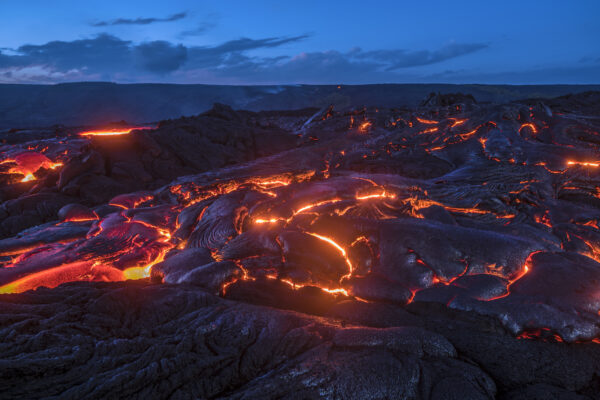
Surface flow lava oozes out of the nooks and crannies dried lava during an eruption from Kilauea volcano.
Volcanic eruptions are a part of life in Hawaii. For residents, especially those in higher-risk zones, emergency preparedness is key. This includes having an evacuation plan, securing important documents, and keeping emergency supplies on hand. The local authorities and the US Geological Survey provide real-time updates during eruptions, which helps residents stay informed and respond quickly.
The 2018 Kilauea Eruption – A Case Study
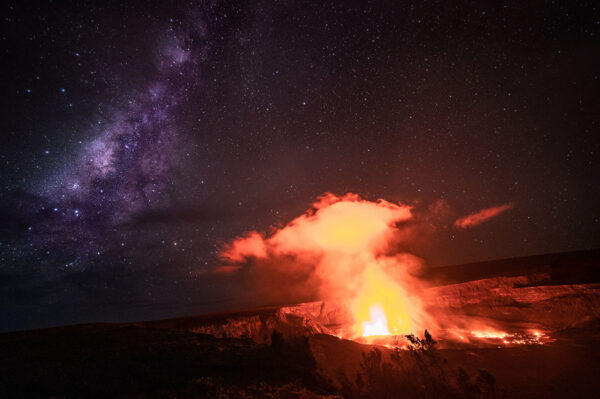
A scenic view of a steaming Kilauea volcano under a beautiful starry night sky on Big Island, Hawaii
The 2018 eruption of Kilauea was a powerful reminder of Hawaii’s volcanic nature. Over 700 homes were destroyed, and entire neighborhoods were reshaped by the flow of molten lava. Many residents experienced firsthand the devastating effects of living in a high-risk zone, and the aftermath has left a lasting impact on the local community and housing market. Despite the destruction, the event also offered a unique opportunity for scientists to study volcanic behavior up close.
Experiencing Hawaii’s Volcanoes as a Resident
Living in Hawaii means having unique access to one of nature’s most fascinating phenomena. Volcanoes National Park on the Big Island provides a window into the island’s volcanic history, with hiking trails, scenic drives, and viewpoints where visitors can observe the caldera and occasional lava flows. For residents, this isn’t just a tourist attraction – it’s a part of daily life and a reminder of the island’s raw power.
Earthquakes in Hawaii – An Accompanying Hazard
Earthquakes often accompany volcanic activity in Hawaii. Although most are minor, they serve as reminders of the underground movements of magma. Larger earthquakes can be felt across the islands and can sometimes be a precursor to volcanic eruptions. For residents, it’s important to understand the risks and know how to respond to seismic activity.
True or False? Common Misconceptions About Lava Zones
There are many misconceptions about living in lava zones. One common myth is that special volcano insurance is required – in reality, standard fire insurance covers most situations, although premiums are higher in high-risk zones. Another misunderstanding is that it’s impossible to get a mortgage in Lava Zone 1; while it can be more challenging, it’s certainly not out of reach.
Living With Volcanic Hazards – Balancing Risk and Reward
While the idea of living on a volcanic island might seem intimidating, many residents find the risks to be outweighed by the rewards. The Big Island offers a unique lifestyle, with stunning scenery, a slower pace of life, and a strong sense of community. Those who choose to live here embrace the challenges of volcanic hazards as part of the island’s natural beauty.
The Future of Hawaii’s Volcanic Landscape
Hawaii’s volcanic landscape is always changing. While the immediate risks of eruptions can be concerning, the island’s dynamic nature is also what makes it special. The Big Island continues to grow as new land is formed by lava flows, and there is even the prospect of a new island emerging thousands of years from now from an underwater volcano. For those living in Hawaii, this constant transformation is a reminder of the earth’s ever-evolving state.
Conclusion
Living in Hawaii comes with its share of natural hazards, but for many, the opportunity to live on such a dynamic and beautiful island far outweighs the risks. Understanding lava zones, preparing for potential eruptions, and embracing the adventure of life on a volcanic island can help newcomers and long-time residents alike enjoy the best of what Hawaii has to offer.

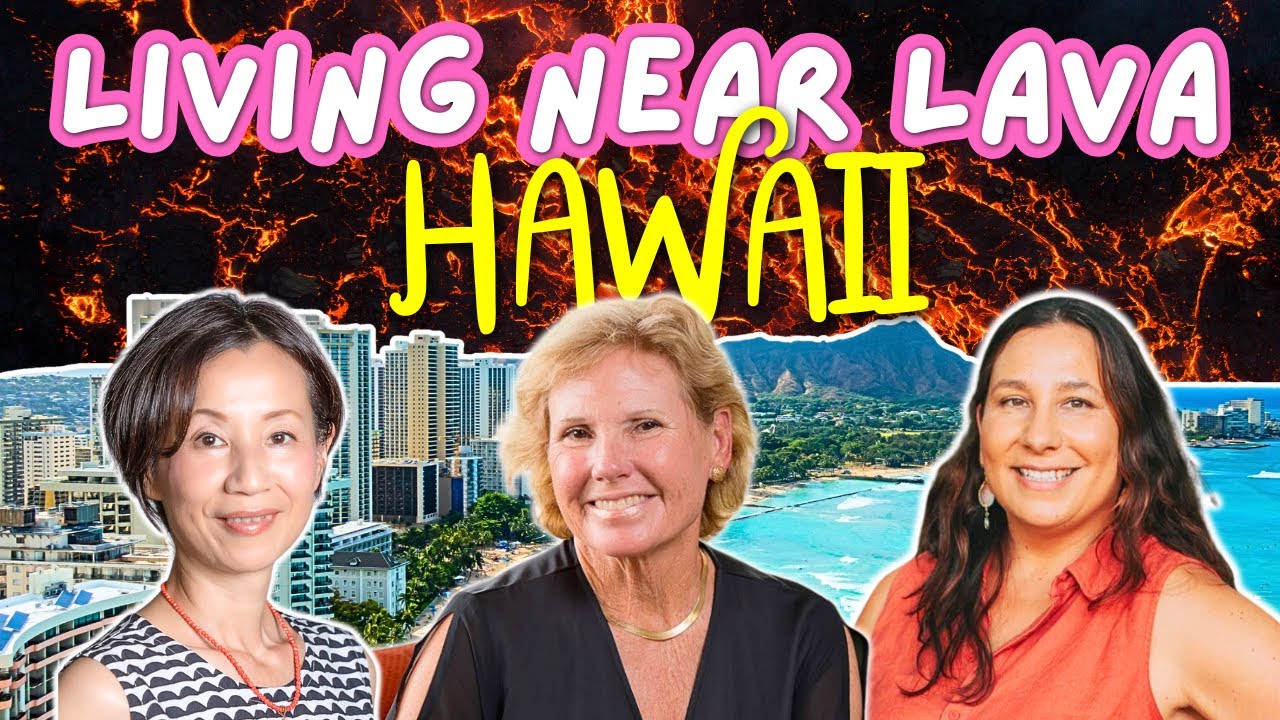

What do you think?